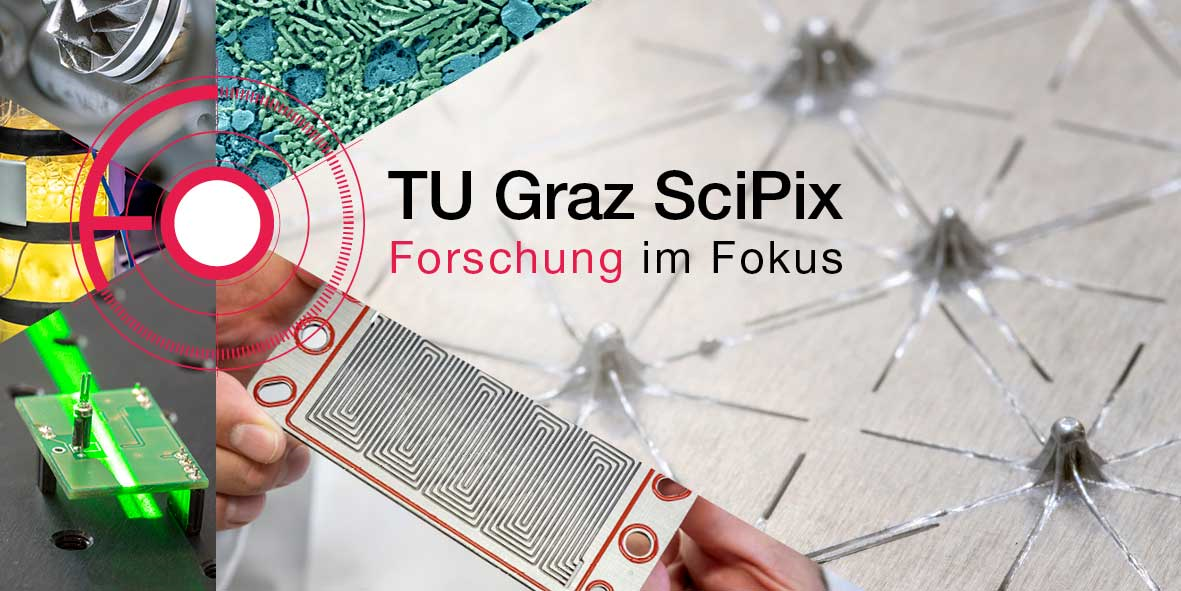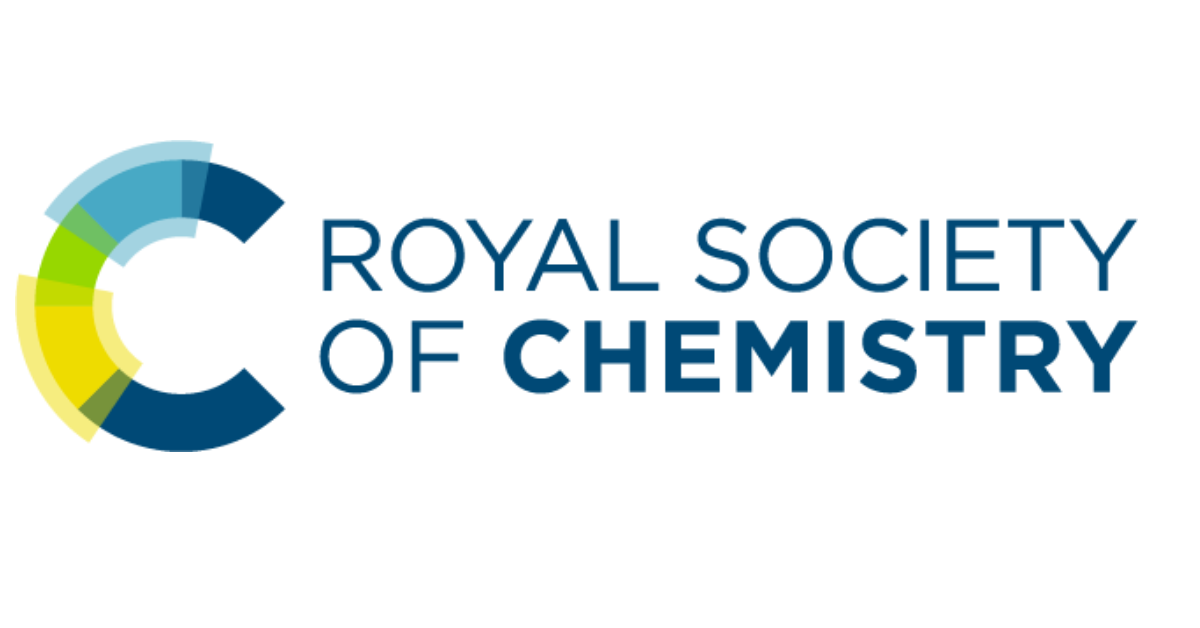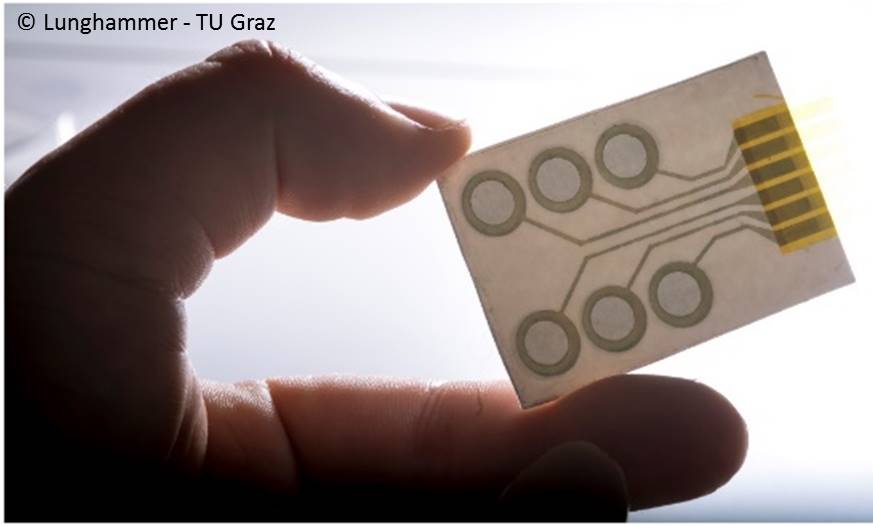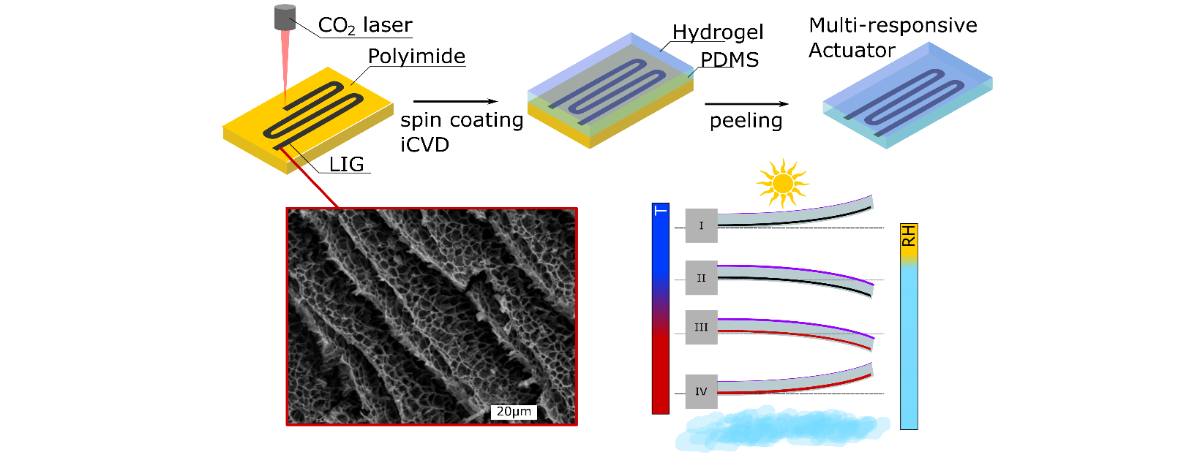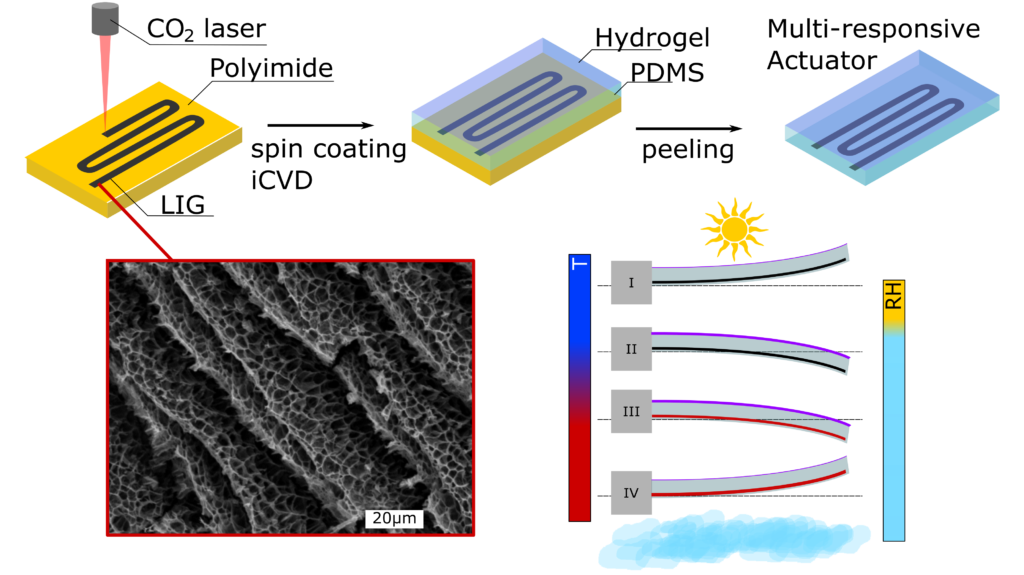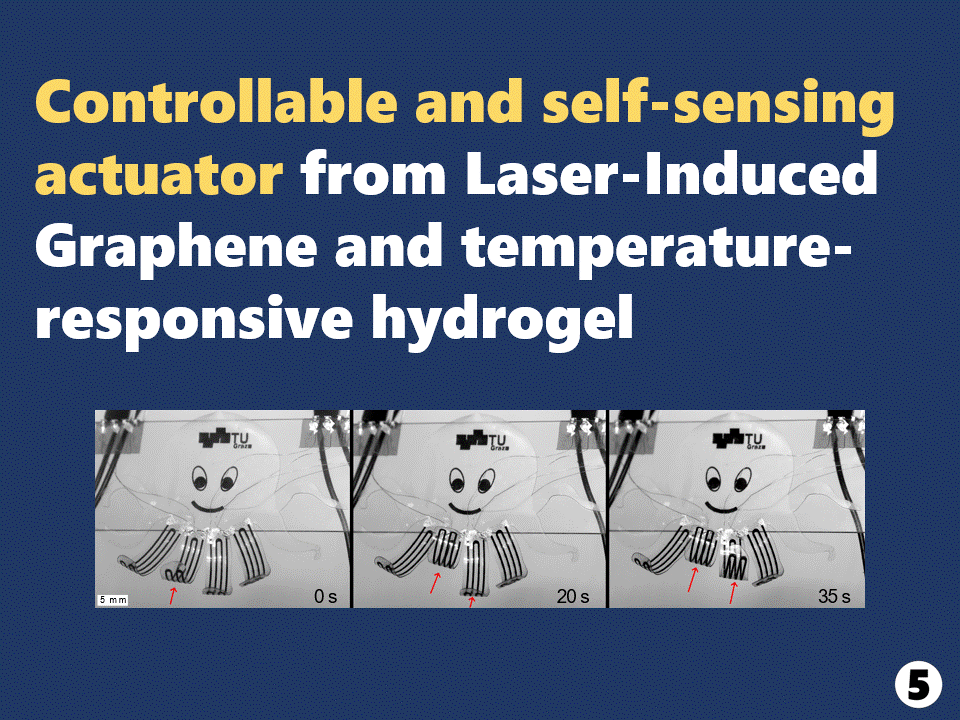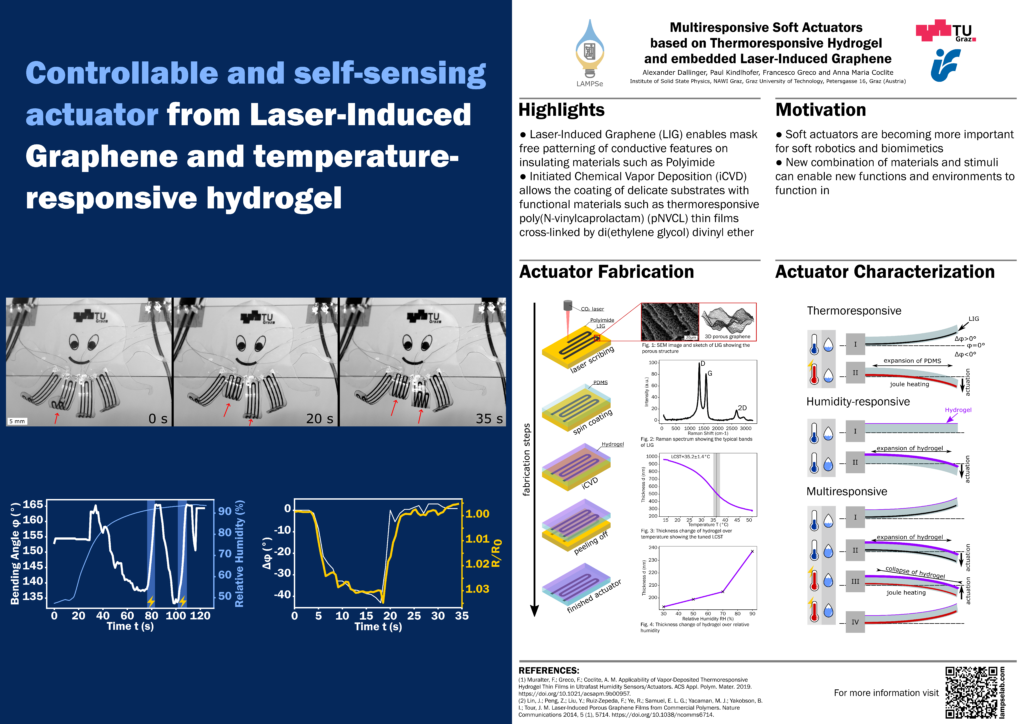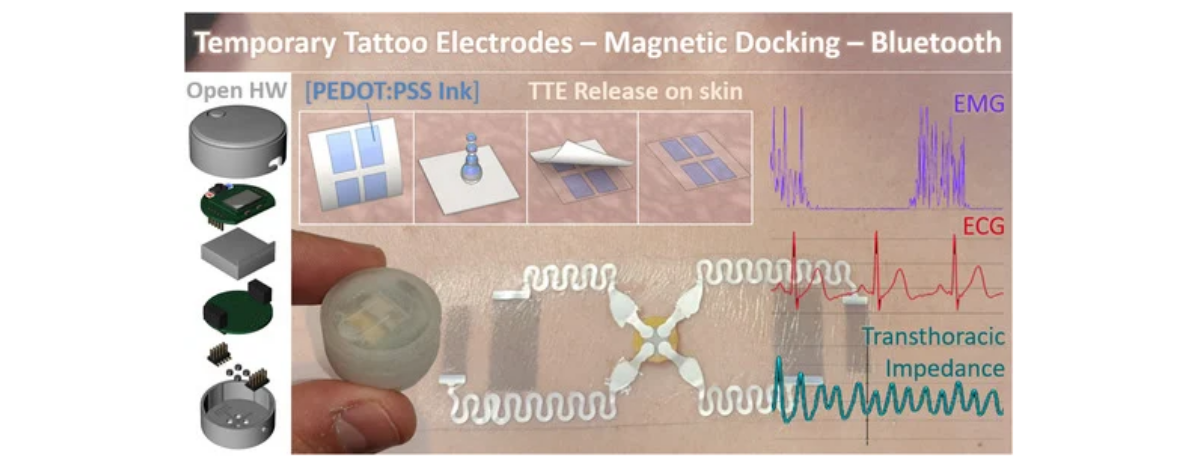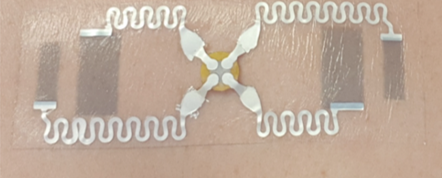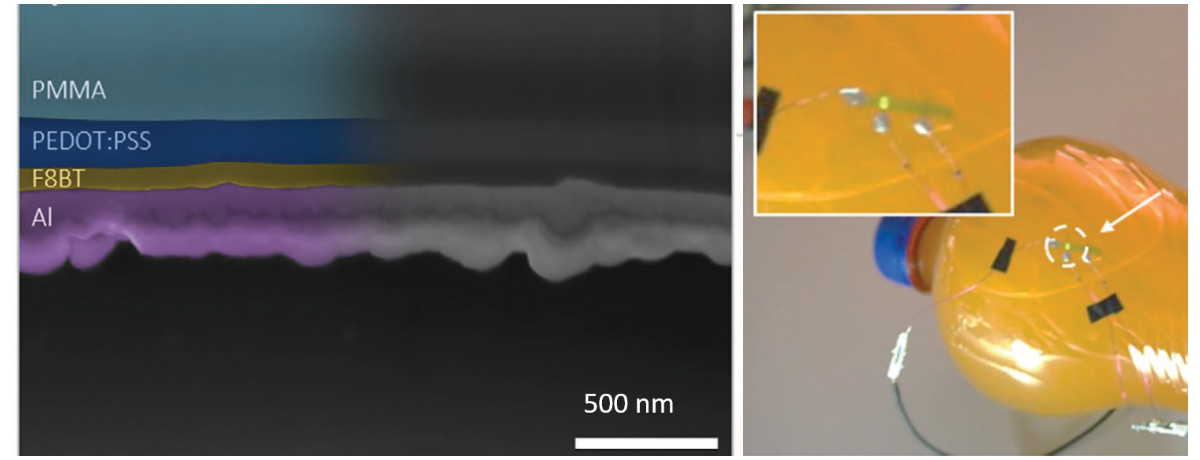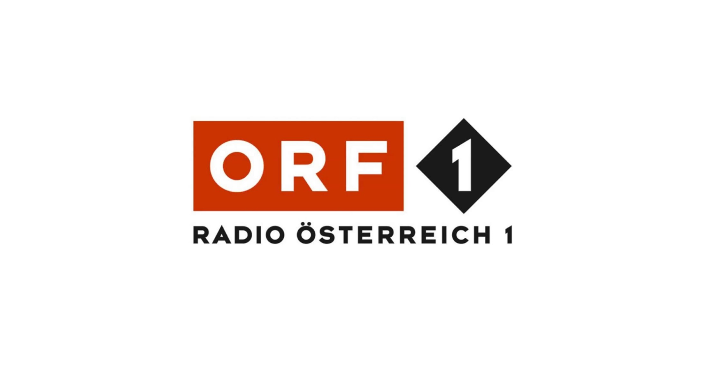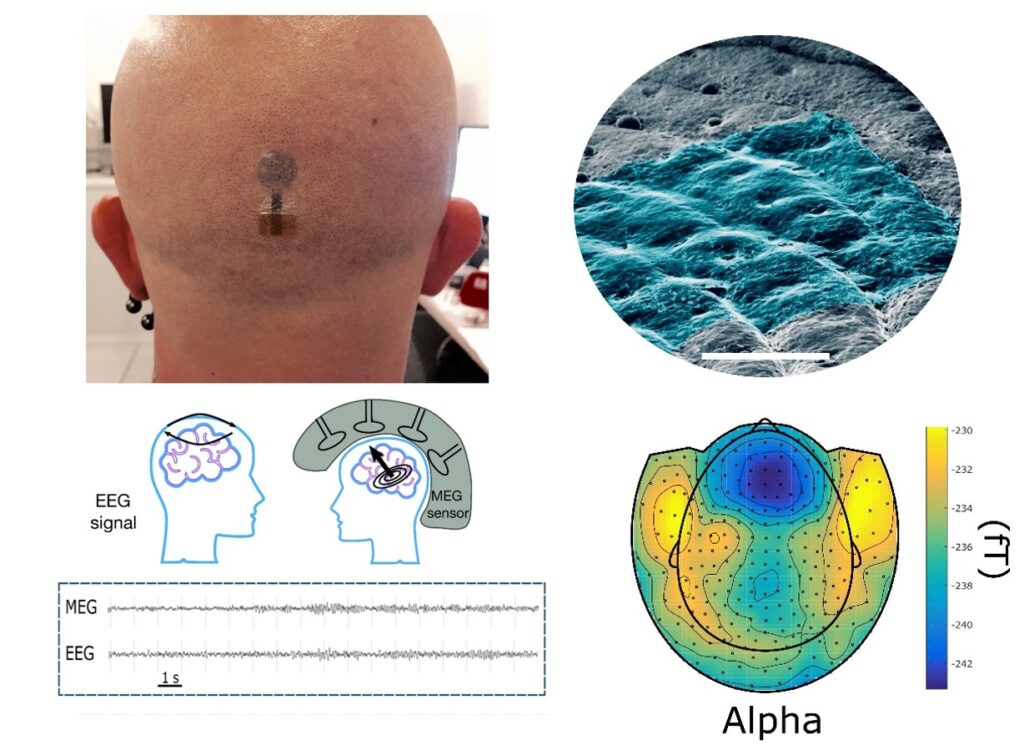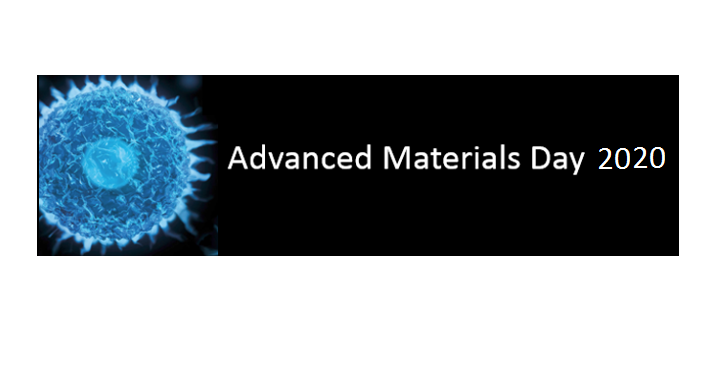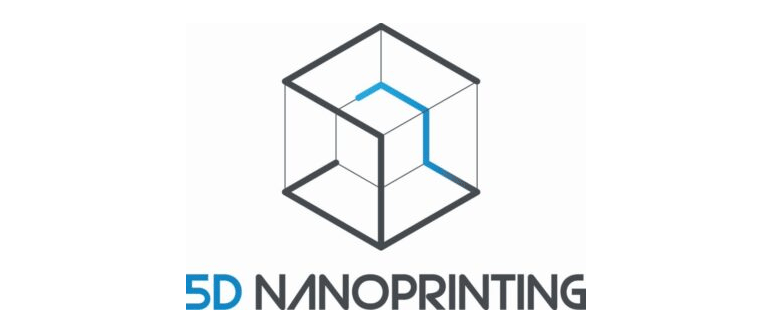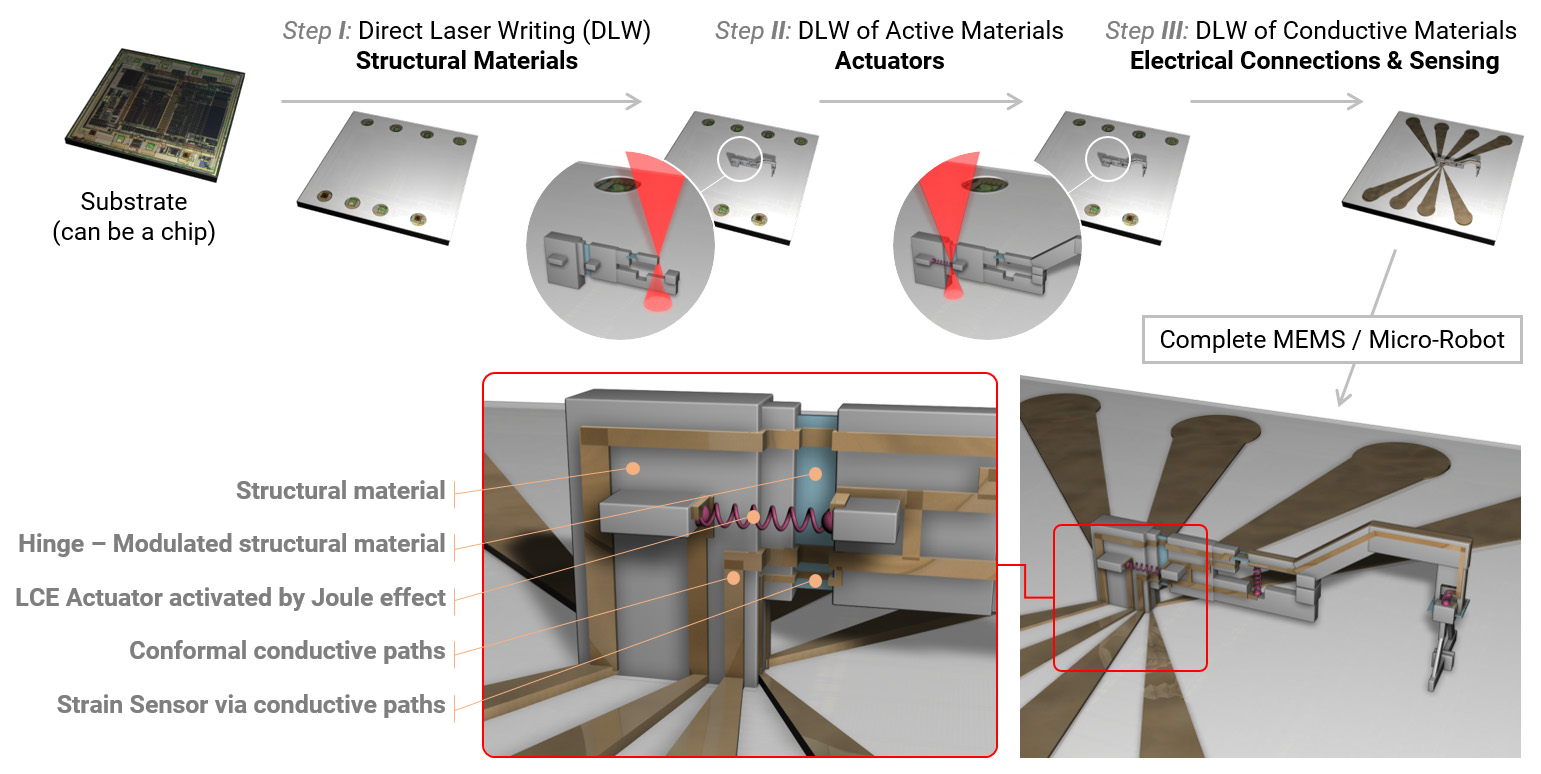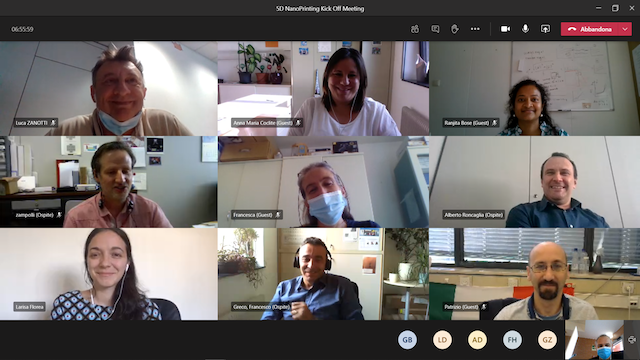LAMPSe is participating in the photo competition held at TU Graz called TU Graz SciPix.
The photos show examples of the everyday research at TU Graz.
Alexander Dallinger is participating with a scanning electron microscope image showing LIG and silver flakes forming a “glacier”.
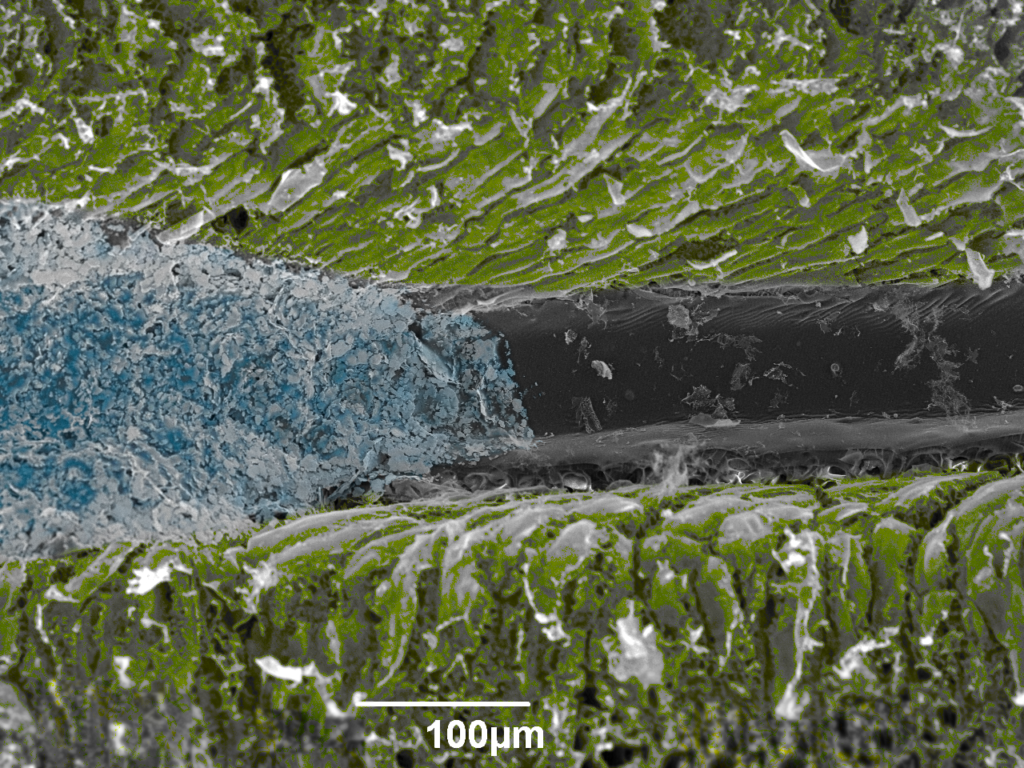
The everlasting silver glacier
The glacier is formed by silver flakes on mountains of laser-induced graphene, arising from a plastic sheet after scribing with an infrared laser. The glacier is forcing its way down the valley and is connecting the conductive mountains together.
Francesco Greco is participating with a photo made by Matthias Gritzner during his bachelor thesis and shows UV ink contained in microfluidic channels made from hydrophilic and hydrophobic LIG.
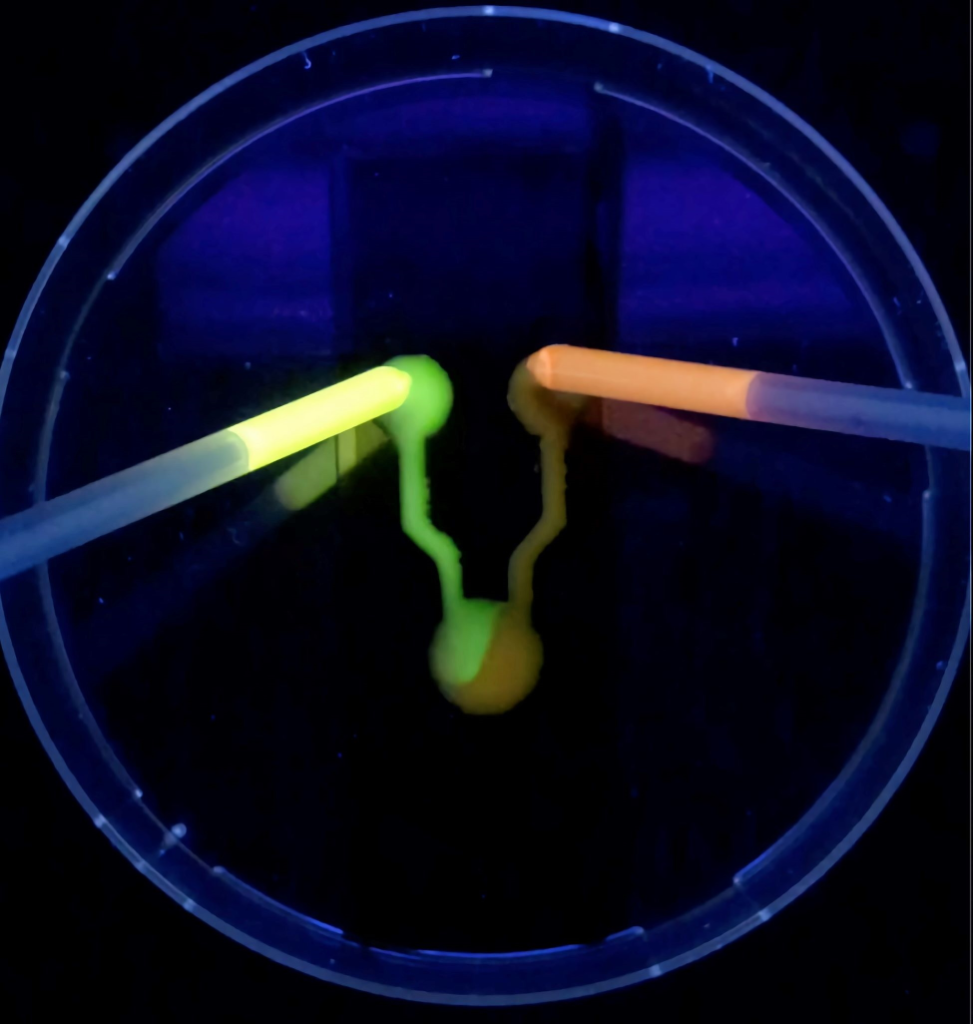
Liquid Yin&Yang on laser induced graphene
A Yin&Yang symbol is formed by self-guidance and mixing of fluorescent dyes in water on top of a pattern of Laser Induced Graphene with tunable wettability (superhydrophilic/superhydrophobic).
You can participate in the online voting until the 31.05.2021.
Here you can see video of the microfluidics created with LIG. Fluorescent dyes are deposited on the LIG tracks and are guided down to the bottom because of the hydrophilic properties. At the bottom they come in contact with each other and form a Yin&Yang symbol. The liquid is confined by the hydrophobic LIG on the outside.

